6 Undercover Questions You Can Ask Your Partner About Their Engagement Ring Style #stealthmode3/15/2021 You're lying in bed, but you're still flying high off that pour over you thought was a good idea at 3pm. You have a long car ride ahead of you and you've already listened to all of the recent The Moth podcasts. You're hanging in the park just kicking back and acro-yoga just isn't your thing. The next time you have some alone time with your partner and want to pick their brain re: engagement rings, we've got you covered. 1. How do you feel about your friends who have gotten engaged? What’s the gossip? Do any of your friends secretly not like their rings?
14 Comments
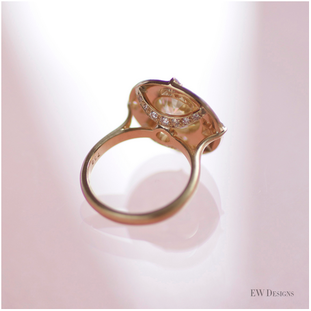 "Thea is also inspired by the sun itself and also the word “sun,” as it reflects my mother’s Korean name, “Pok Sun” and the golden color of her favorite flower, the sunflower. The four diamond-trio clusters also have significance, as the number 4 has myriad personal meanings for people—the four points of a compass, the four seasons, and four earthly elements, for example. And finally, the finish of the ring is very special to me, as it’s soft, but not quite matte. There is a very subtle shine to it that reminds me of my favorite time of day, dusk in the summer, when the sun has almost set but still shimmers in the distance. " -Erika Winters 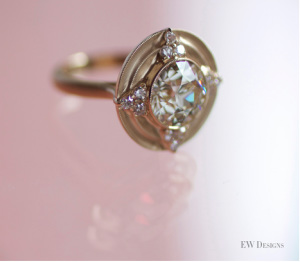 Erika Winters- Thea Halo Setting The loveliness of this ring comes from a balance between detail and negative space. As usual, Erika has chosen a stunning European Cut diamond, but she has framed it with two pools of swooping matte gold, delicately milgrained, and studded with clustered accent diamonds at the compass points. The design hovers between worlds; modern yet antique, delicate yet linear, simple yet abundant. We asked her what inspired such a ring… "I love how contemporary jewelry draws from ancient aesthetics, so I developed Thea to translate old forms into a 21st century design. And there is another layer with Thea, in that she is set with an old European cut diamond that could easily have been cut in the early 20th century—or during the late Victorian period, when many classical designs were revived. " 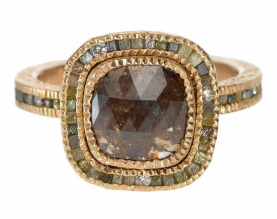 Todd Reed - Cognac Diamond Ring with Cubic Diamond Halo Check out this amazing creation by Todd Reed. His use of a cognac rose cut diamond with a halo and band of rough diamond cubes is just stunning - even to seasoned diamond-watchers like ourselves. We asked him for his perspective on the halo... "It’s my belief that the halo setting really defines the concept of Infinity. It’s a continuous circle running around and around symbolizing eternity and infinite love. Not one type of diamond means any one thing to me; ultimately they become a tone. Sometimes I’ll use raw diamonds to achieve a chiseled Halo setting which creates elegant lines around the center stone. Other times I’ll use brilliant diamonds in asymmetrical Halos to create smoothness, especially when used around rough diamonds. Colors, shapes and size play a big role in each of my designs, but above all, the elements I use in my jewelry must be intentional." - Todd Reed This just in: Todd Reed's halo ring was named one of the Top 40 Fabulous Engagement Rings by InStyle Magazine. 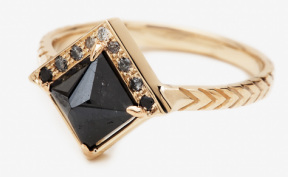 Digby & Iona - Raziel Ring This ring is a perfect example of genius breaking all the rules. Not only does it feature an upside down, black princess cut diamond, but it also has a square half-frame set with ombre diamonds. The effect is so novel and perfectly executed it stopped us in our tracks. Now honestly, does the term Halo really do this work of art justice? From the artist himself: "The Raziel design began with the diamond, a black princess cut especially this large is a very unusual diamond in an engagement band and I wanted to create the strongest possible home for it. I really like combining classic elements with new and non-traditional gems so the black to white diamond gradient pave was a nod to the transition from the norm of white diamonds to where we’re at now where a black diamond which was once a throw away item is now accepted as high end." - Aaron Ruff 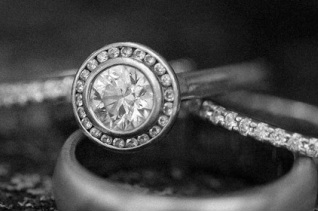 Danielle Mainas Next up is a beautifully classic and simple ring designed by Little Bird's own Danielle Mainas during her time working with Brilliant Earth's custom design team. She took the classic notion of a halo and put it to work. She widened the bezel around the central diamond until it became a framing element in its own right. The result is a glittering, streamlined, and incredibly well engineered ring. Call us if you want one of your very own. "I had been wanting to make this ring design for a long time. It was just a matter of meeting the right couple to take on the design with me. I love that this ring is comprised of very simple (humble even) design elements. Bezel settings and channel-set diamond accents are both ancient design elements. There are no frills, just clean and simple intentions, and the result is a stunningly feminine ring. What sets this halo apart from the rest? 1. A bezel set center diamond. 2. A channel set halo. 3. The tiniest diamond accents possible. The platinum bezel set center diamond is more durable and stylistically bold than the classic prong set design. We also chose to channel set the diamonds in the halo instead of the usual prong-ladden pave setting you always see, which is typically more fragile than the clean channel setting. Lastly, we opted to use 1mm diamonds as the accents in the halo. Most halo diamonds are 1.5-2mm. Making the halo diamond accents each smaller than the status quo meant we could increased the quantity of them. The result was a super fine and continuous ring of light around a bold and clean center diamond. " -Danielle Mainas 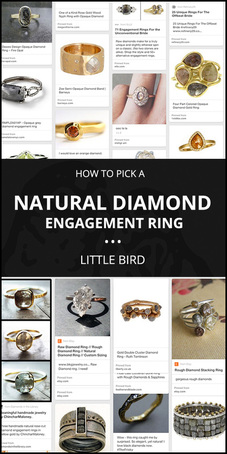
Raw. Rustic. Rough. Opaque. Whatever you want to call them, these natural diamonds are beautiful for all the same reasons that women are beautiful. We love their strength, we love how they come in all shapes and sizes, we love their ability to cut through crap, we love them for their internal flaws that make them interesting, they are beautiful when they are polished and pristine, and they are beautiful when they are straight from the earth and totally natural.
Natural diamonds come in shades from pale grey to yellows, oranges, blues, browns and blacks. Their sparkling uneven surfaces gives them a random and mysterious glitter. They feel fragile but they are incredibly durable. They are fascinating and tactile. Paired with yellow gold, these stunning carbon personalities are a sight to behold. Interested to know the best places to shop for a natural diamond or rustic diamond engagement ring? Need some education on the topic? That what we are here for! We can probably cover most questions during a complimentary consultation. Or your can check out our super badass board for a curated selected of the best raw, rough and natural diamond rings out there. While we were browsing the internet looking at beautiful rings we noticed that many people are using a few terms for metal-smithing techniques interchangeably. If you are finding this confusing, you are not alone. Never fear, we are here to set the record straight. Filigree is the process of coiling and bending tiny threads and beads of metal into ornate patterns and soldering them together or onto another metal surface. The term comes from the Latin word filum - meaning thread, and granum - meaning grain. Milgrain refers to the delicate edging of tiny indents and bumps that jewelers sometimes apply to the borders of a design using a "knurling" tool. It is a great way to add a bit of intimate detail to your ring. Sometimes milgrain is incredibly tiny and delicate, sometimes it is so large it can look like a row of beads along an edge. The word milgrain is a literal translation of a French word meaning 'a thousand grains.' Engraving is when the jeweler cuts grooves into the surface of your ring to create images or patterns. Relief is much like engraving but instead of simply carving a pattern into the surface, in a relief the background is deeply cut away to leave a raised surface which is then carefully engraved. The end result is a is much more three dimensional effect. Don't worry, there isn't going to be a quiz. If you have any questions about the techniques or rings you see here please don't hesitate to get in touch with us!
Are you confused by diamond cut grades? How is a diamond graded for it's cut quality? What is an ideal cut diamond? Do you need some simple, clear, diamond buying advice? Look no further. We are Little Bird - Diamond & Engagement Ring Consulting. It is our job to explain the basics of diamond grading in a way that makes sense to a non-gemologist. Cut is one of the 4 C's of diamond grading, along with Clarity, Carat size, and Color. Cut evaluation is by no means everything you need to know about a diamond, but it will help you understand why some diamonds have more fire and brilliance than others. Here is a great article from GIA on how they grade a diamond's cut. (GIA stand for The Gemological Institute of America.) 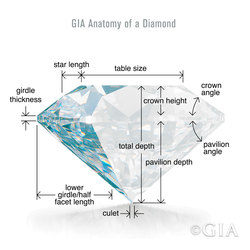 GIA is the largest gem grading laboratory, operating facilities all over the world. They are certainly not the only lab, but their grading system is considered the standard in the in industry. In addition to grading diamonds, GIA also has an educational facility. Us Little Birds are very familiar with GIA's grading system. If you need help understanding a GIA diamond certificate or even help buying an uncertified diamond please get in touch, or leave us a question in the comments section. This is a lot of information to take in, and you are not expected to understand all the details immediately. 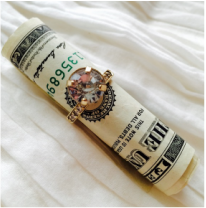
You may not know this, but the holidays are the peak season for engagement ring purchases. Maybe it’s the Christmas bonus, maybe it’s looking around at a table of loved ones over a festive dinner, maybe it’s the champagne. Whatever the reason, in the winter a young man’s fancy turns to diamonds.
So what does this mean for you, the wide-eyed chap clutching his credit card in front of the jewelry store? It means that you are buying a ring, a symbol of hope and love and commitment and romance… in the middle of the busiest time of frenzied consumerism all year. Great. As you can imagine, the odds are pretty low that the jewelry store will put the emotional significance of your purchase above their need to beat last year’s sales numbers for that week. Educate yourself before you walk up to the diamond display case. That can be a tall order in this age of information overload, especially when you are navigating a field with far more advertising than fact, but start with the basics. DO bring a picnic blanket. DON'T attach the ring to your fishing lure. And other Proposal Basics!8/20/2019 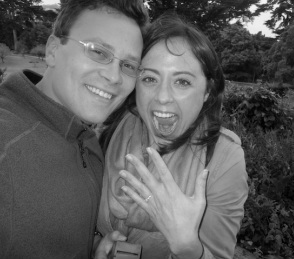 The best part of a proposal is that it marks a pivotal moment in life that neither person will forget. Plan your proposal moment as if you are painting a memory for you and your fiancée to look back on when you are retired and sitting together, hand-in-hand on your front porch. Let's start with the background. Do you two feel drawn to glittering nighttime cityscapes? Many fancy downtown hotels have rooftop gardens with amazing views of the city at night. Or a stunning forested vista? Camping is always a great excuse to get away from it all and be alone together. Would you prefer a crowd of people cheering when she says yes or the quiet sweetness of a private moment? This post was republished with permission from Corey Egan. Corey Egan is a San Francisco based Jeweler, Designer and Small Business Owner. Holding a piece of jewelry that contains an antique diamond feels like you’re handling ancient treasure. And for good reason! While modern diamonds are mined and cut by the millions each year, a limited number of Old Mine and Old European Cut diamonds exist in the market today. These precursors to our modern day round brilliant cuts offer a distinct visual experience from the way their hand cut facets play with light. The facets are wider and more geometric, resulting in pops of sparkle instead of the disco ball dazzle we see in modern diamonds. They’re perfectly imperfect, and that’s what gives them their charm. Old Mine and Old European Cut diamonds are the most common of the antique diamond cuts. Today we’ll dive into each and to share their origins and point out their visual characteristics. With any luck, you’ll be able to spot the difference between the two in no time! Old Mine Cut (Left) Old European Cut (Center) and Modern Round Brilliant Diamond (Right) DIAMONDS FROM THE OLD MINESThe antique Old Mine and Old European cut diamonds are commonly found in jewelry from the Georgian, Victorian, Edwardian, and Art Deco Eras which spanned from the 1700’s through the late 1800’s. Diamonds of this era were cut by hand. The bruting machines used to cut modern diamonds were not invented until the 1900’s. The diamond rough for these gems originated in the literal “old mines” of Brazil and India. The African mines that supply the whitest rough were not yet discovered. So these diamonds tended to be of lower color and in more limited numbers than what we see today. Diamond cutters of this time were inventive. They assessed each diamond individually and cut it to bring out the best color and sparkle for that stone. They were meant to dazzle under candles, gas lamps and lower light conditions. Since each one was hand cut to please the eye, no two would ever be identical. Though they come from the same humble origins and reigned in overlapping eras, the Old Mine Cut and Old European Cut Diamonds have distinct visual differences. Let’s dive deeper into how you can distinguish between the two. Old Mine Cut Diamonds OLD MINE CUT Old Mine cut diamonds were most commonly used during the Georgian and Victorian eras from the 1700’s through the 1800’s. The first characteristics that will jump out when viewing an Old Mine Cut diamond are the open culet (the round facet on the very bottom of the stone) and its squared off “cushion” shape. Diamond cutters of the day would follow the gem’s natural octahedral shape as a guide. The girdle, the widest part of the diamond held in the tweezers above, was often the unpolished edge of the natural diamond crystal. The very top facet, known as the table, is very small. Old Mine Cuts also feature a high crown and a large pavilion. Like our modern round brilliants, the Old Mine Cut has 58 facets, but they are chunkier and more geometric than the facets of modern gems. Old European Cut Diamonds OLD EUROPEAN CUTAdvances in diamond cutting technology led to the development of the Old European Cut diamond in the late 1800’s. This meant that the diamond shapes could be rounder, tables a bit larger, and the facets became more elongated. Old European cut diamonds were a precursor to our modern brilliant diamonds and were popular during the Victorian, Edwardian and Art Deco eras. Similar to the Old Mine Cut Diamond, the culet is still present in Old European Cut diamonds but it is often smaller. Old Europeans have a rounder shape, although many are still imperfect because they were cut by eye and not by machine. Like the Old Mine Cuts before them and Modern Brilliants after, Old European Cuts have 58 facets. CHOOSING AN OLD MINE OR OLD EUROPEAN CUT DIAMONDIt’s worth remembering that the hand cut nature of antique diamonds is what gives them a palpable charm and beauty. However, this same character is what makes it near impossible to compare them to our modern day grading standards. I believe these antique gems are best observed and appreciated one by one. These antique diamonds are all about character. The beauty standards we judge modern diamonds against were not defined for gem cutters of this era. The evolution of diamond cutting technology now allows for repeatable processes and standardized angles that were designed for maximum brilliance. As a result, modern diamond grading reports have a hard time reconciling these antique cuts. They should receive “poor” cutting grades because they don’t follow the cookie-cutter dimensions of today’s modern brilliants, yet they are still immensely beautiful gemstones. Old Mine Cut Diamonds The lower color of antique diamonds also is hard to judge against our present day scales. During their day, many of these lower color diamonds — the J, K, L, M’s that might scare off a modern shopper — were some of the best on the market. Diamond cutters in this period cut each diamond to enhance its color. So while the letter grade may rank low, remember that to the naked eye they will “face up” whiter. Old European Cut Diamonds Lighting conditions greatly affect the look of an antique diamond. Since these cuts were meant to dazzle under lower lighting conditions, they have a more interesting sparkle throughout our day-to-day. I encourage you to view them in as many lighting conditions as possible— daylight, fluorescent, incandescent, even candlelight— before you buy. The right gem for you is the one you have a visceral reaction to.
If a rare and unique diamond is truly what you seek, you can’t get much better than an Antique Diamond. You can find the original post by Corey Egan here. Resetting your Heirloom Diamond - and - How to Buy a Ring Setting Without Buying a Diamond2/21/2019 Engagement Ring = Diamond + Ring Setting |
|
In order to offer the best possible support for the engagement ring shoppers, Little Bird maintains a wide network of experts and insiders in all parts of the diamond industry. One of our FAVORITE experts is Marilyn Weiss, a national estate and antique ring specialist. Marilyn buys and sells vintage, estate and antique diamond engagement rings. Some samples of her current collection are shown here. At any time, she will have close to 100 completely unique pieces. She doesn’t generally sell them directly to retail customers, but she’s always happy to meet privately with Little Bird clients. Her clients include some of the finest retailers in the US known for antique fine jewelry. Let’s just say it’s good to have a friend like Marilyn.
Little Bird: So you’ve specialized in all sorts of jewelry over your many years in the industry, from semi-precious to precious. When did you get into antique and estate fine jewelry? Marilyn Weiss: About 13 years ago I walked into a used bookstore,,, |
the LITTLE BIRD blog, by Danielle MainasEver wonder how to figure out her ring size? Select the perfect center stone? Pick the ideal jeweler? Read on, my friends. |
Archives
March 2021
August 2020
April 2020
February 2020
January 2020
November 2019
August 2019
March 2019
February 2019
January 2019
December 2018
November 2018
August 2018
July 2018
February 2018
January 2018
December 2017
November 2017
October 2017
September 2017
July 2017
May 2017
April 2017
February 2017
January 2017
December 2016
November 2016
October 2016
September 2016
August 2016
July 2016
June 2016
May 2016
April 2016
March 2016
February 2016
January 2016
December 2015
November 2015
October 2015
September 2015
August 2015
July 2015
June 2015
April 2015
March 2015
February 2015
January 2015
December 2014
April 2014
February 2014
November 2013
October 2013
Categories
All
Alternative Engagement Rings
Antique
Antique Jewelry
Artists
Bay Area Jewelers
Birthstones
Buying Advice
Buying Guide
Celebrity Engagement Ring
Consignment
Custom Design
Customer Stories
Diamond Conflict
Diamond Facts
Ethical Origin Engagement Rings
Expert Interview
Giveaways
Halo
Heirloom Diamonds
Holiday Engagements
Jewelers
Lab Created Diamonds
My Engagement Ring Story
New York Jewelers
Precious Metal Education
Press & Media Mentions
Proposal Ideas
Reselling
Services
Topaz
Wedding Resources
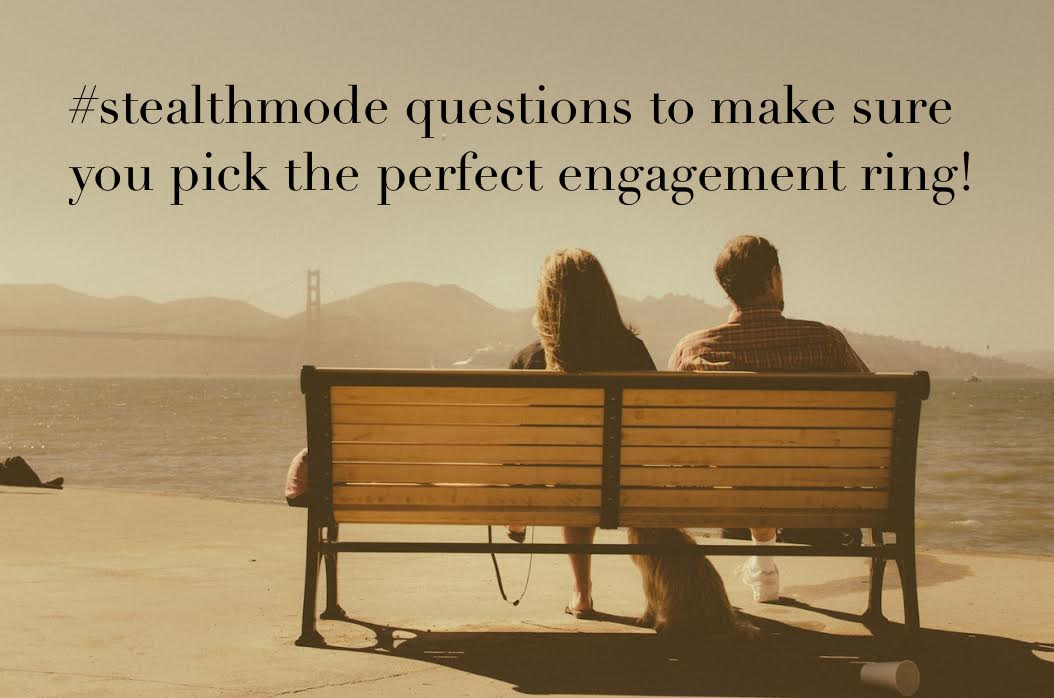
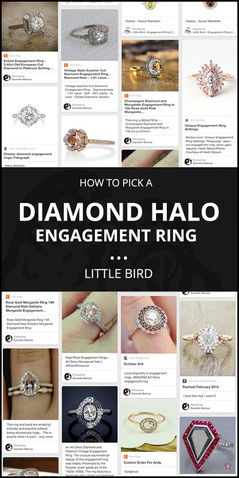
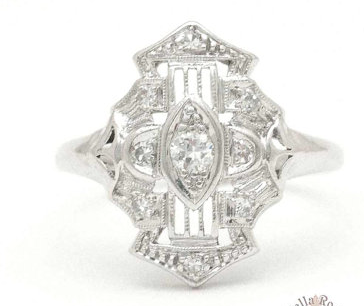
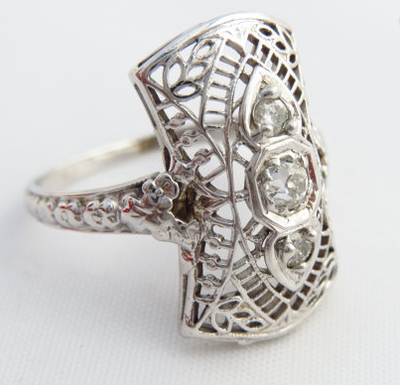
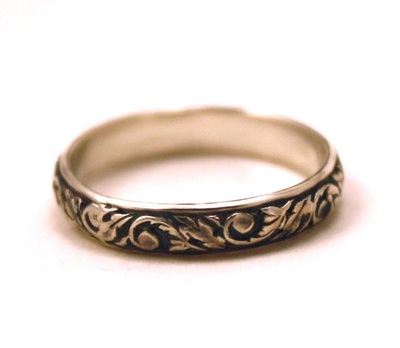
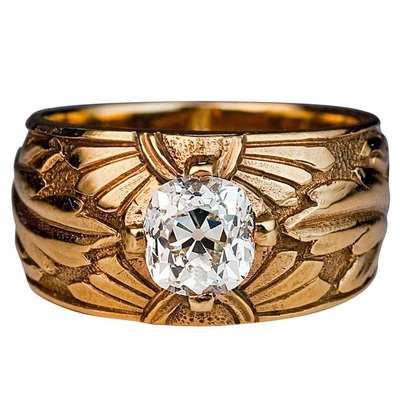
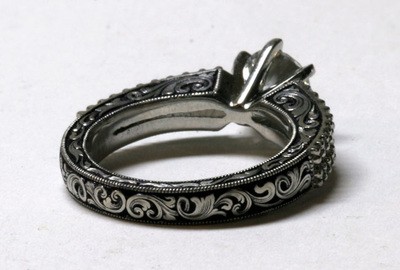
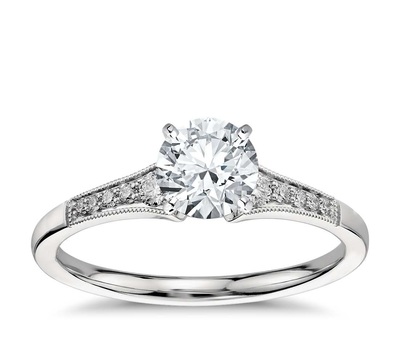
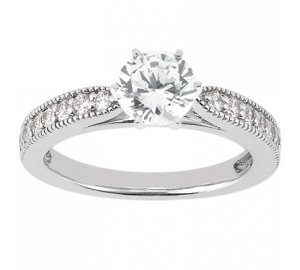
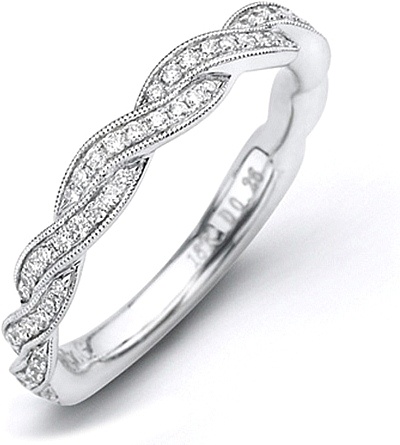
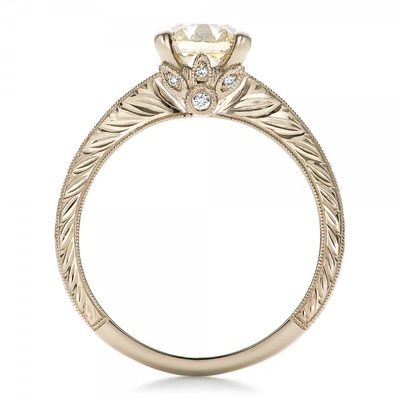
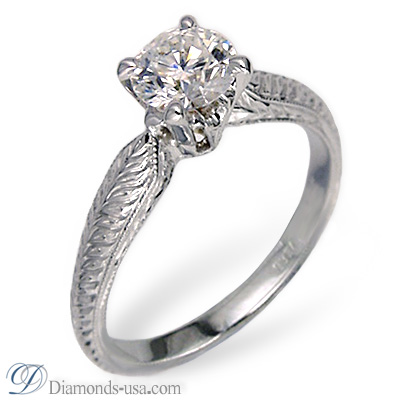
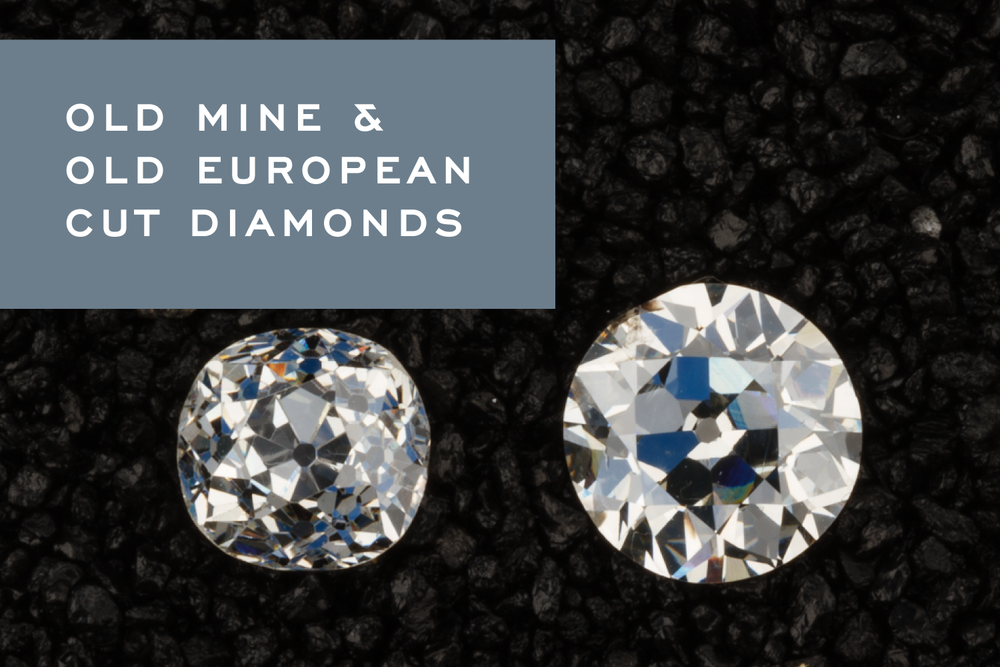
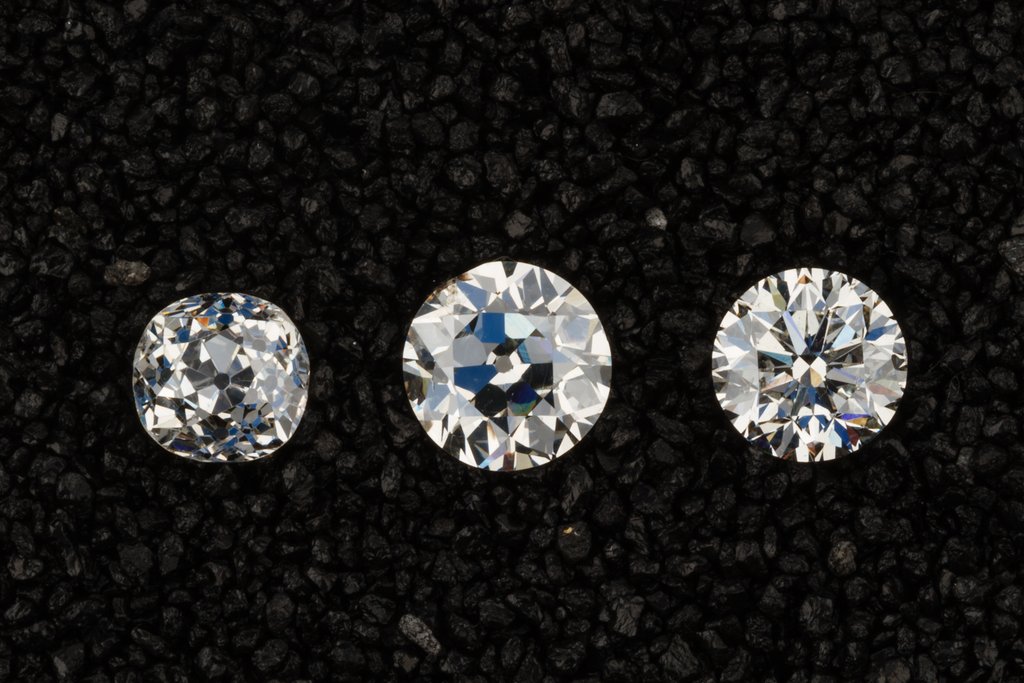
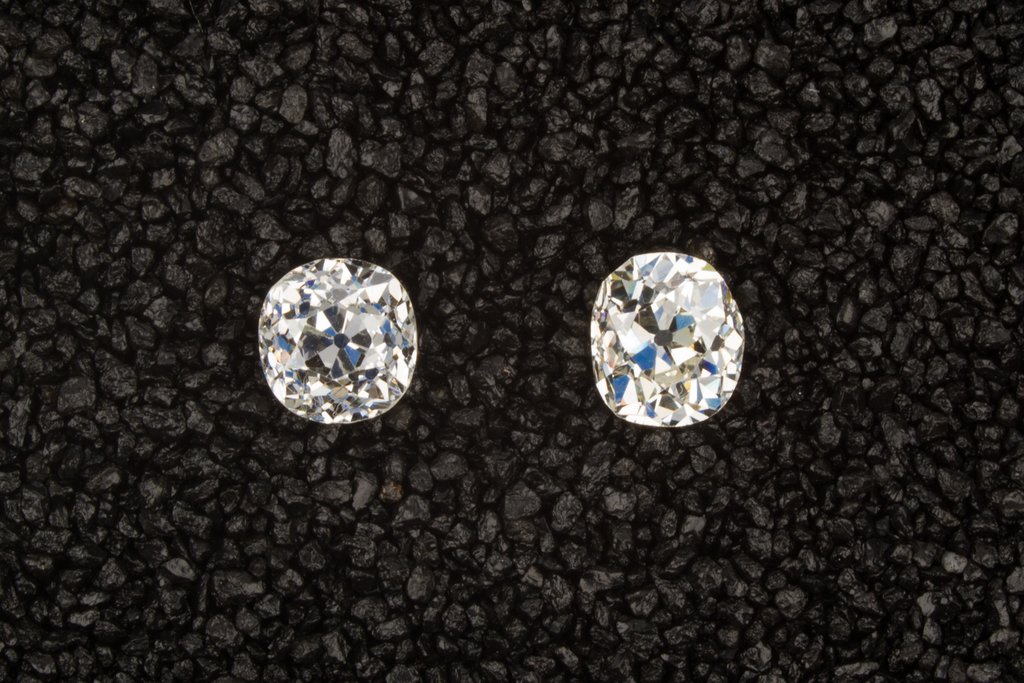
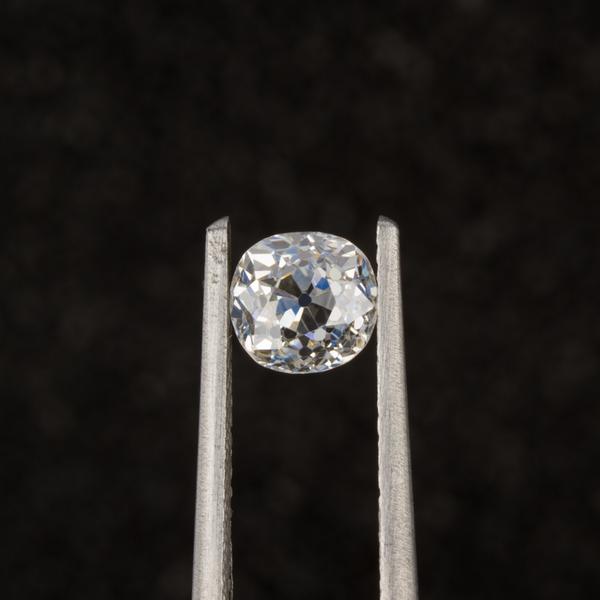
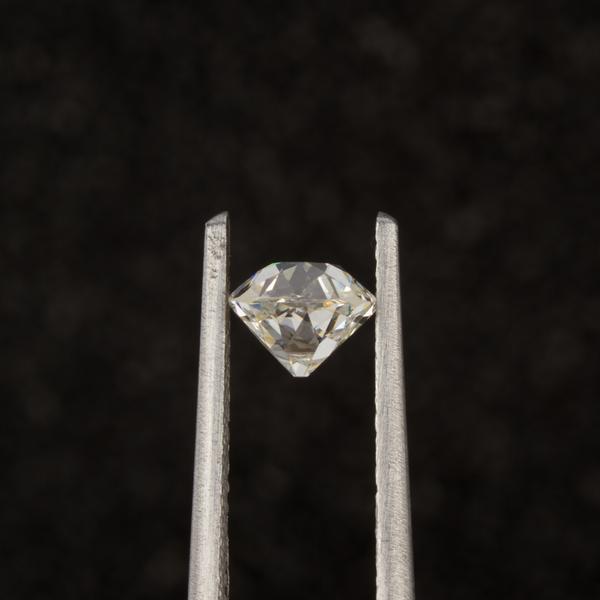
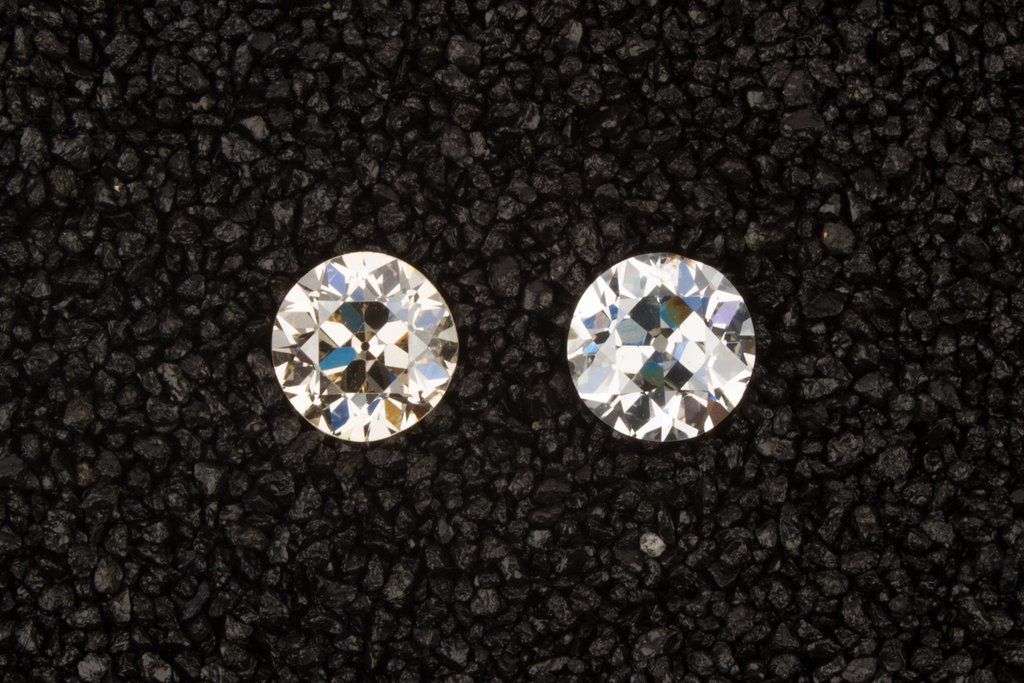
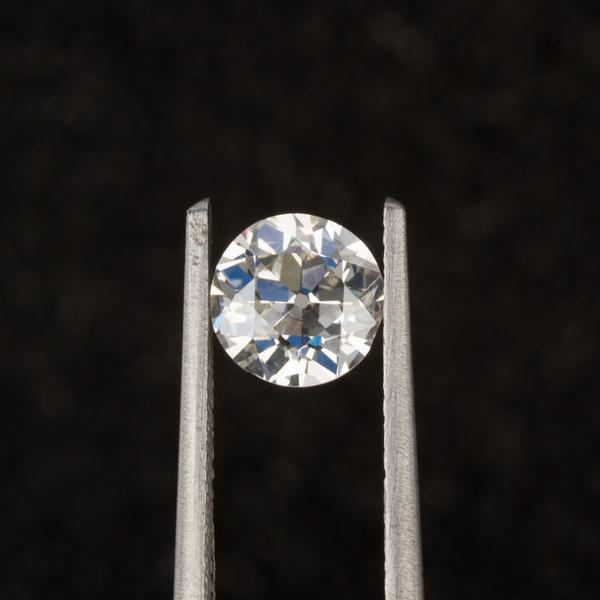
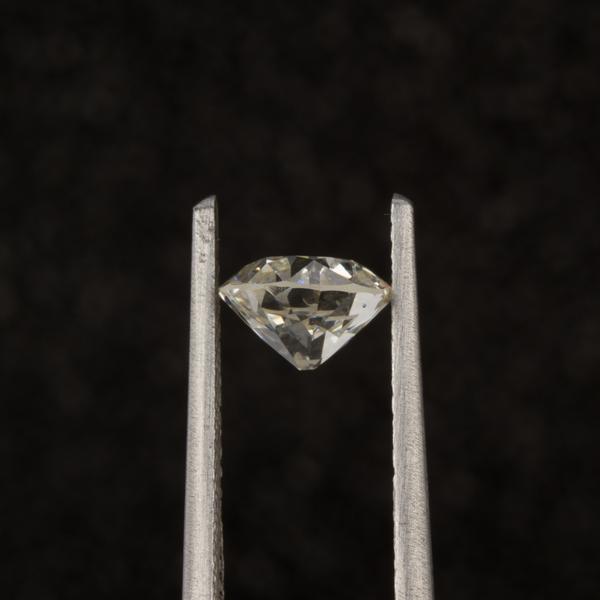
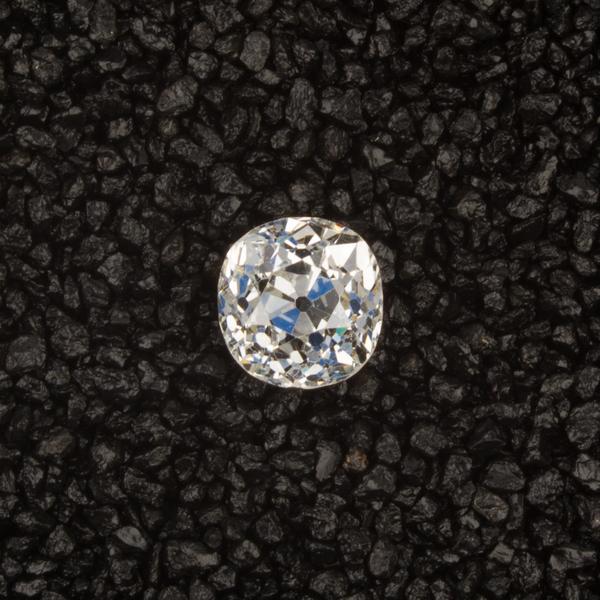
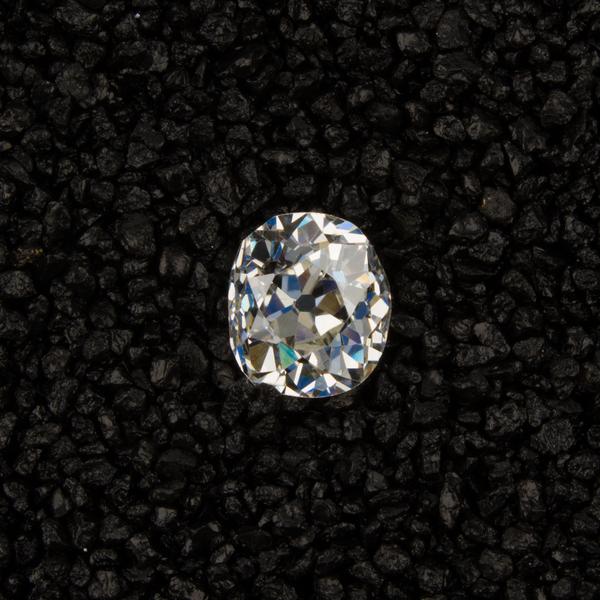
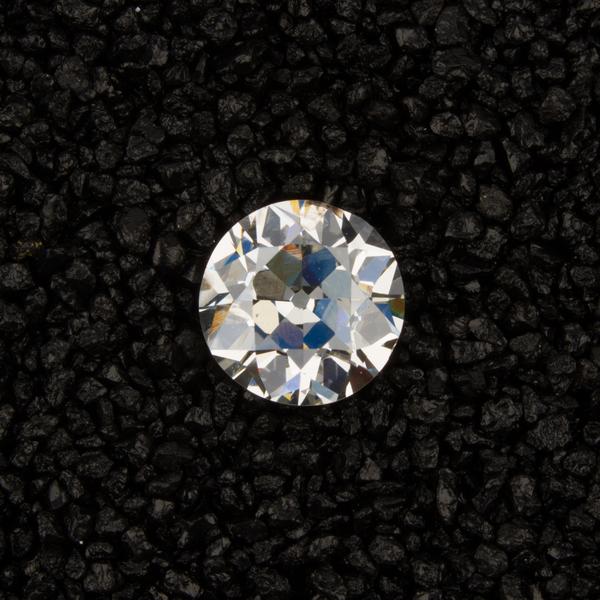
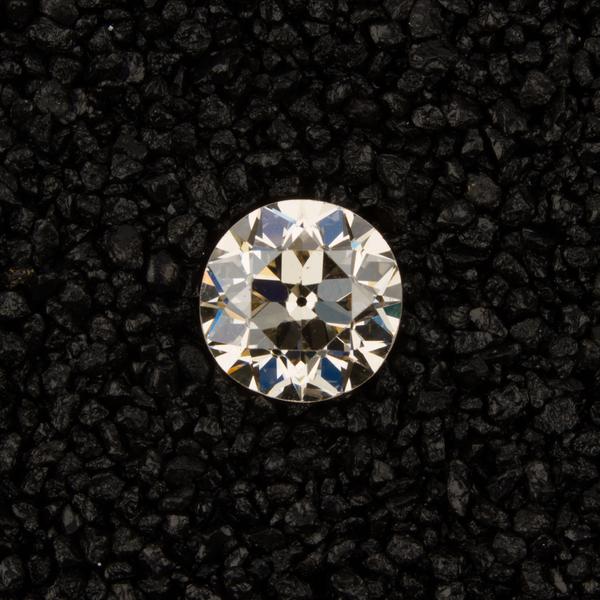
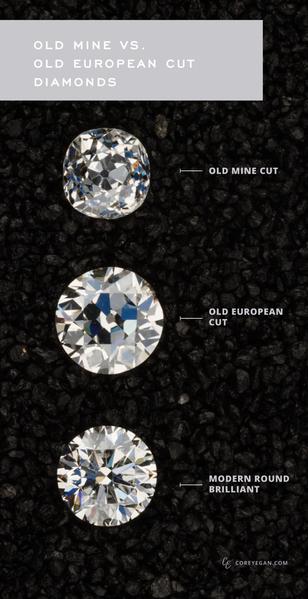
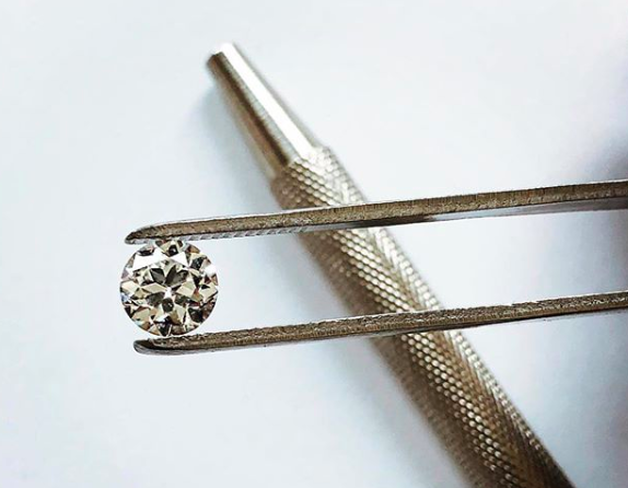
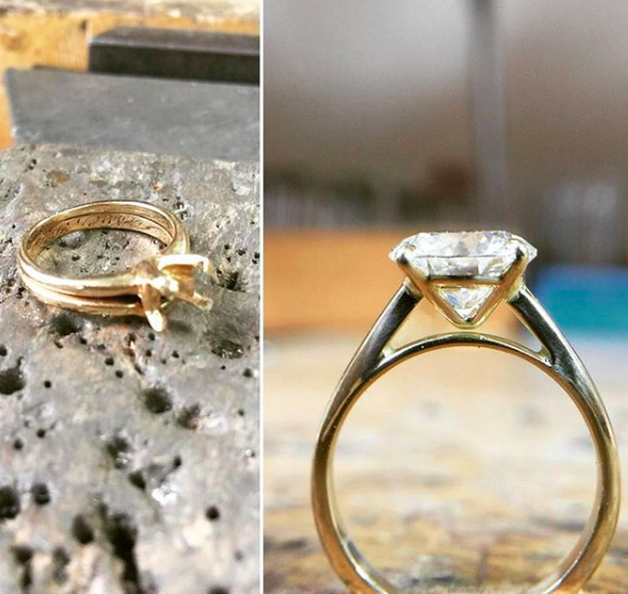
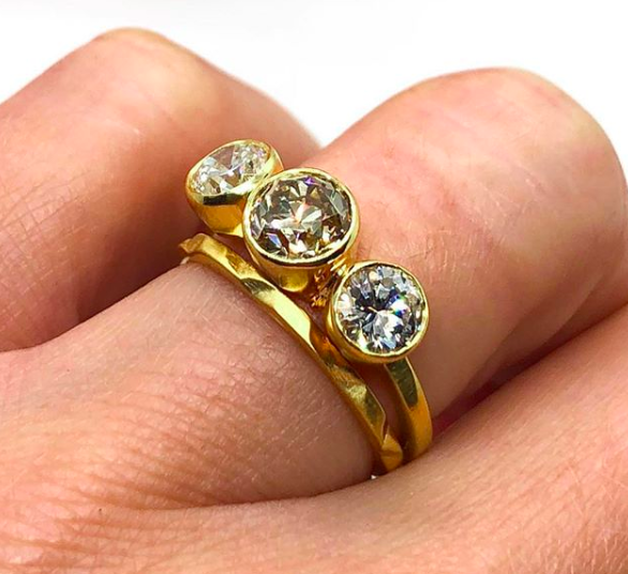
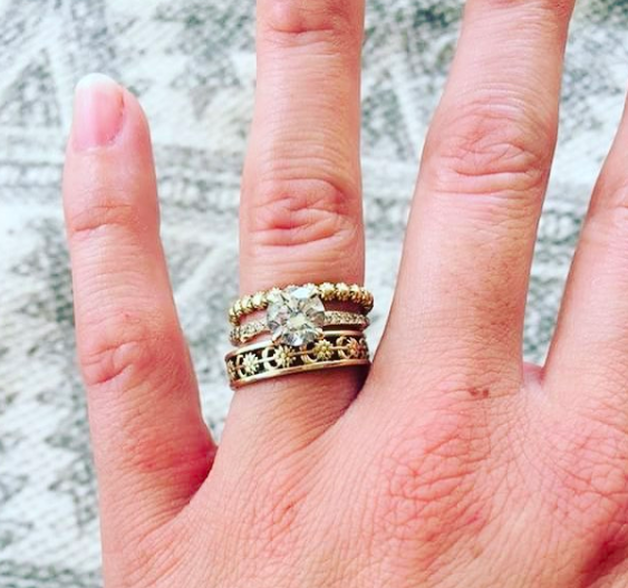
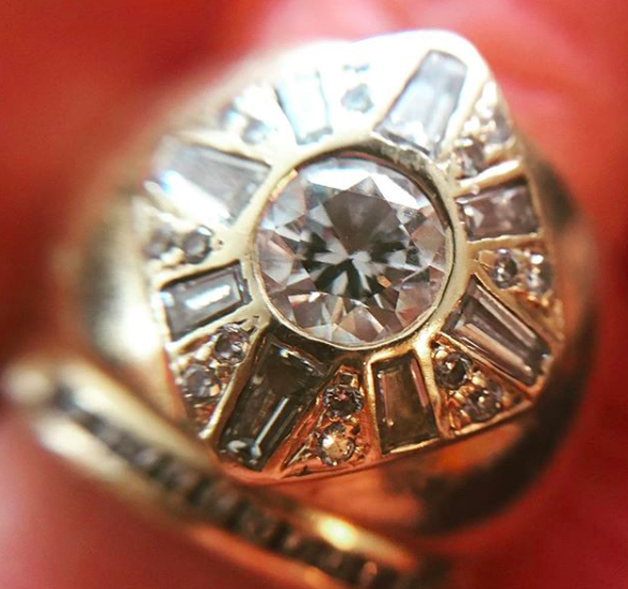
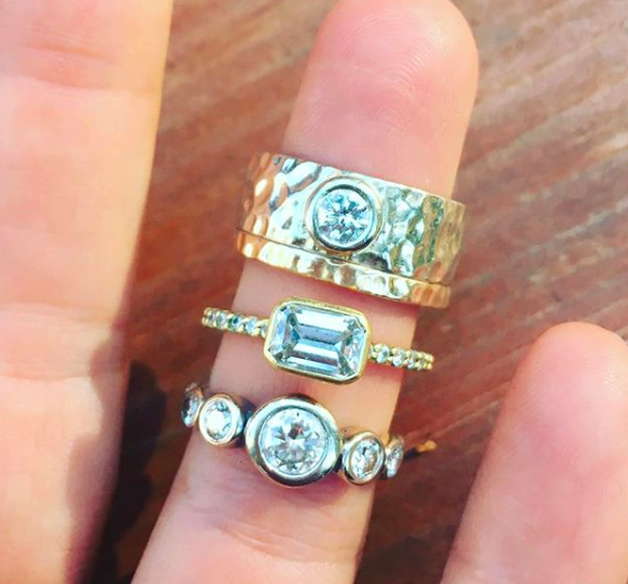
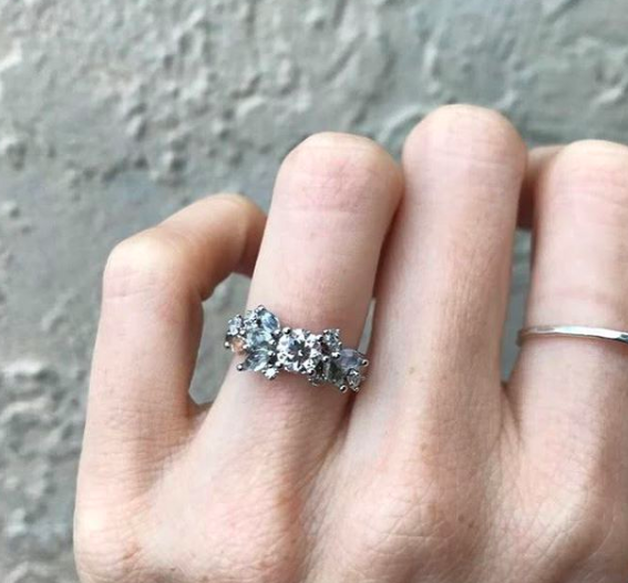
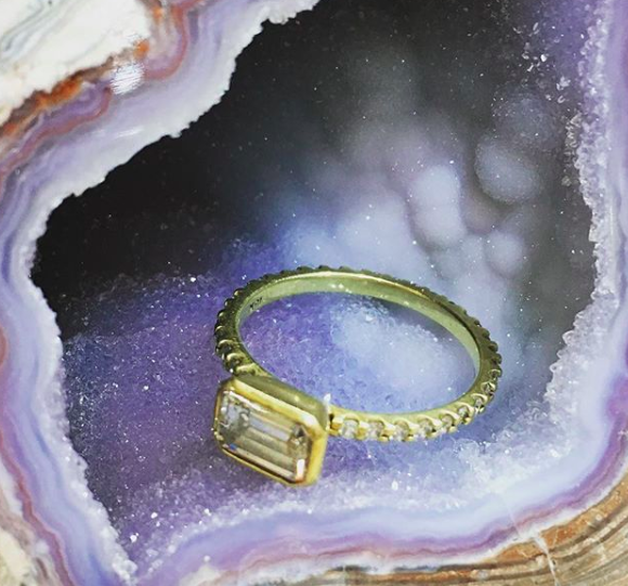
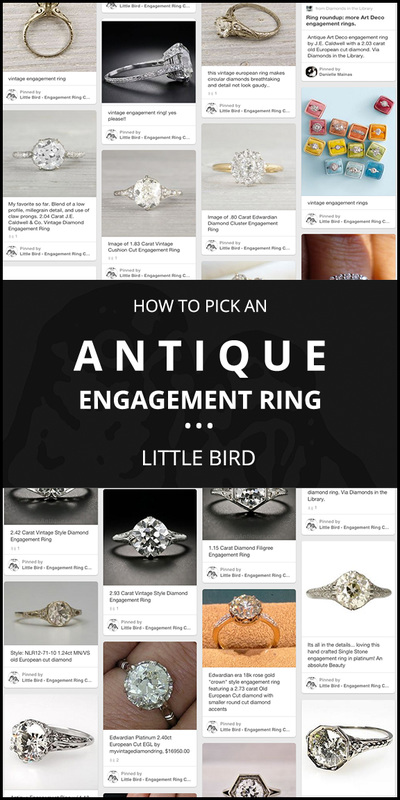
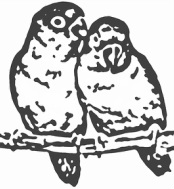
 RSS Feed
RSS Feed
